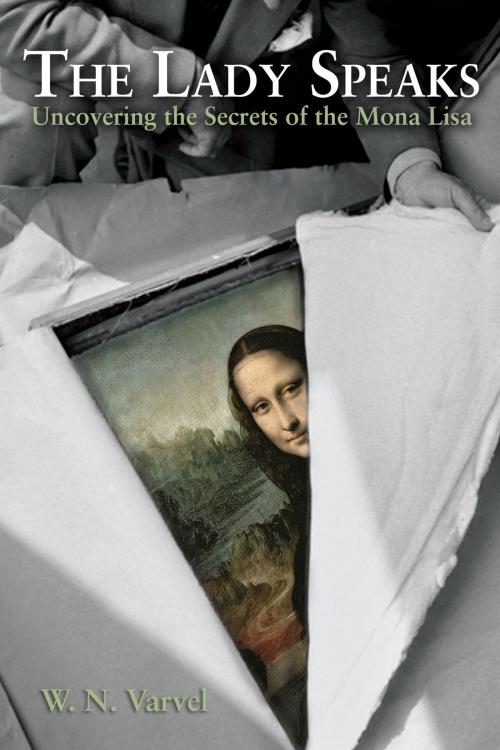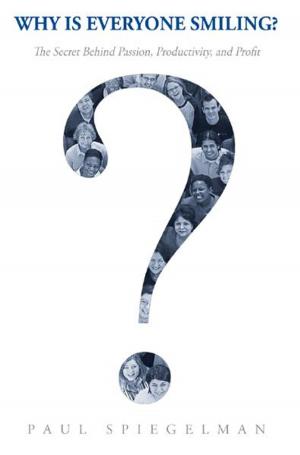| Author: | W. N. Varvel | ISBN: | 9781612541532 |
| Publisher: | Brown Books Publishing Group | Publication: | February 13, 2014 |
| Imprint: | Brown Books Publishing Group | Language: | English |
| Author: | W. N. Varvel |
| ISBN: | 9781612541532 |
| Publisher: | Brown Books Publishing Group |
| Publication: | February 13, 2014 |
| Imprint: | Brown Books Publishing Group |
| Language: | English |
For almost five hundred years, the Mona Lisa smile has mystified viewers and intrigued historians. Completed in 1515, the Mona Lisa has hidden the lady’s secret well. Now, after years devoted to research and analysis of the works of Leonardo da Vinci, W. N. Varvel has decoded the Mona Lisa and reveals the message within her smile, a secret too dangerous for the artist to acknowledge during his life but one which he hoped future generations would understand and embrace. The coming of the “New Jerusalem” depends on the world’s recognizing what lies behind the Mona Lisa smile. Detailing how the artist wove a calculated fabric of clues, symbols, and images, Varvel establishes not only da Vinci’s, but also Michelangelo’s, belief in Theological Gender Equality. Like a detective on the trail of a major case, Varvel tracks clues, links previously unnoticed connections, recreates scenarios, identifies villains and heroes, and weaves a tapestry of comprehensive evidence to “prove” what the lady says. For five hundred years, the lady has smiled—now she speaks.
For almost five hundred years, the Mona Lisa smile has mystified viewers and intrigued historians. Completed in 1515, the Mona Lisa has hidden the lady’s secret well. Now, after years devoted to research and analysis of the works of Leonardo da Vinci, W. N. Varvel has decoded the Mona Lisa and reveals the message within her smile, a secret too dangerous for the artist to acknowledge during his life but one which he hoped future generations would understand and embrace. The coming of the “New Jerusalem” depends on the world’s recognizing what lies behind the Mona Lisa smile. Detailing how the artist wove a calculated fabric of clues, symbols, and images, Varvel establishes not only da Vinci’s, but also Michelangelo’s, belief in Theological Gender Equality. Like a detective on the trail of a major case, Varvel tracks clues, links previously unnoticed connections, recreates scenarios, identifies villains and heroes, and weaves a tapestry of comprehensive evidence to “prove” what the lady says. For five hundred years, the lady has smiled—now she speaks.















